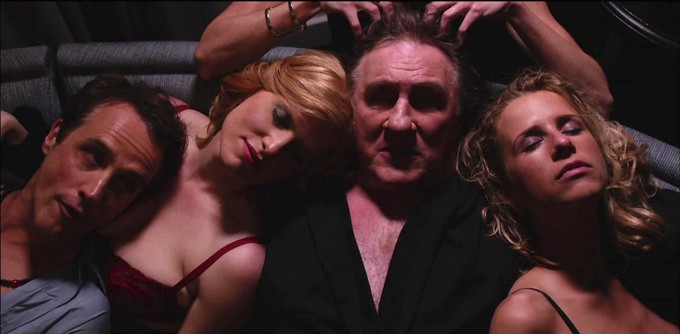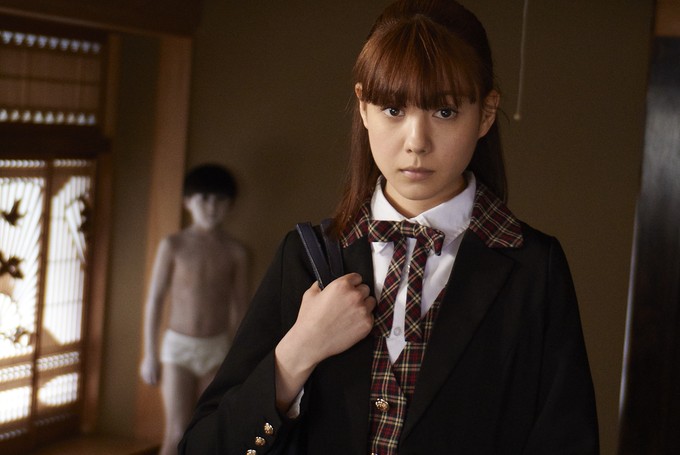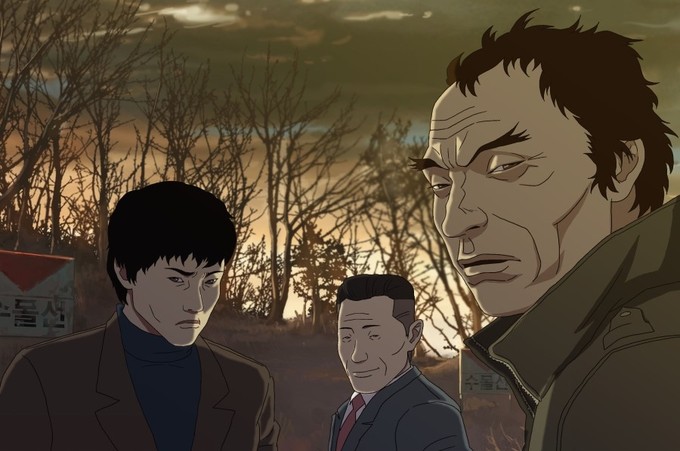Ain't It Cool News (www.aintitcool.com)
Movie News
Capone's final report from Fantasia Festival 2014, with Abel Ferrara's WELCOME TO NEW YORK, JU-ON: THE BEGINNING OF THE END, and THE FAKE!!!
Hey, folks. Capone in Chicago here. Here's the second half of titles I saw at the 18th Fantasia International Film Festival in Montreal. Once again, thanks to kind folks like Ted Geoghegan, Director of International Publicity, and Lindsay Peters, Managing Director, Market + Director of Hospitality for allowing me access to the fest. It was another stellar line-up. Enjoy…
Readers Talkback




